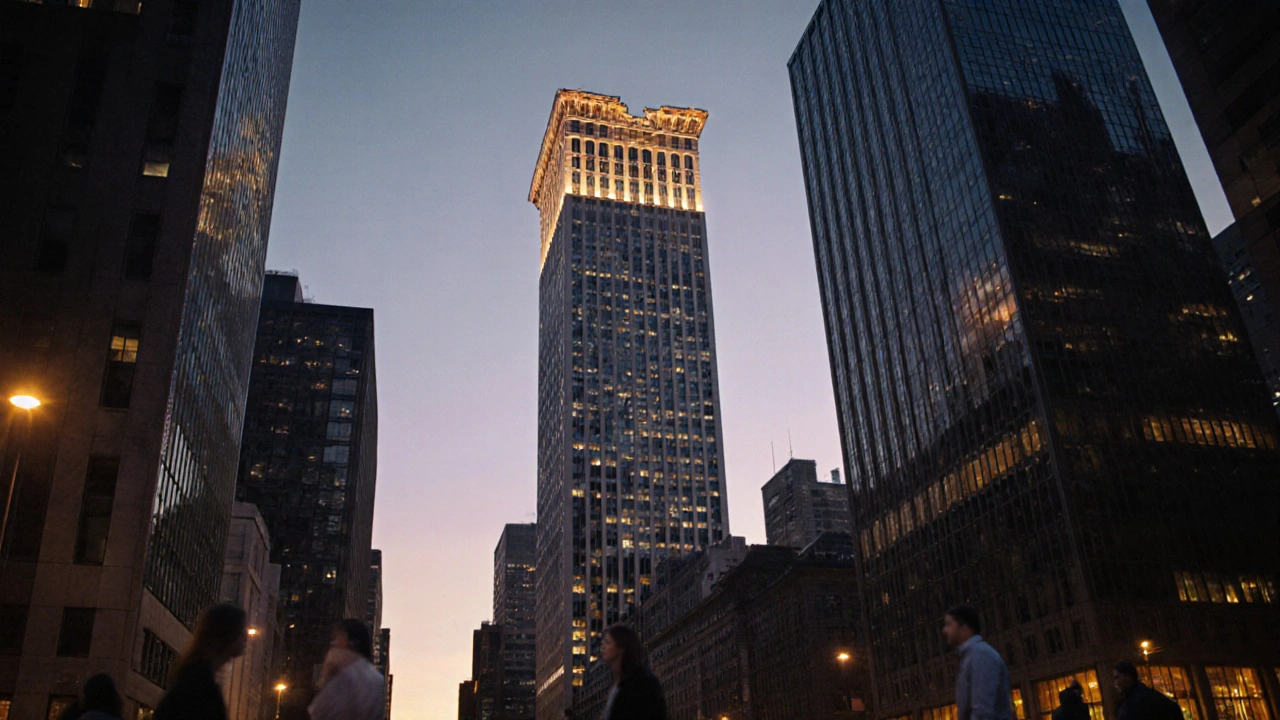City Design: How Urban Spaces Shape How We Live
When we talk about city design, the intentional planning of urban environments to support human activity, movement, and community. Also known as urban planning, it's what turns random patches of buildings into places where people actually want to live, work, and gather. It’s not just about roads and zoning—it’s about whether a kid can walk to school safely, if neighbors can meet by the park, or if a bus ride feels like a burden or a breeze.
Public space, areas like plazas, sidewalks, and green zones meant for shared use is the heartbeat of any good city design. Think of the way a well-placed bench invites conversation, or how a tree-lined street makes a commute feel less like a grind. These aren’t afterthoughts—they’re core decisions made by planners, architects, and sometimes, just regular people who pushed back when a project ignored human needs. And when sustainable cities, urban areas built to reduce environmental harm while improving quality of life become the goal, city design shifts from just building more to building better. That means prioritizing walking and biking over cars, using local materials, and designing buildings that breathe with the seasons—not just blast air conditioning.
Look at the posts below. You’ll find how Renaissance ideas still shape the squares and streets of modern cities, how Gothic cathedrals weren’t just religious symbols but urban anchors, and how Constructivist architecture tried to rebuild society through bold new layouts. There’s also deep dives into revival styles that brought back old forms for new purposes, and how today’s high-tech and Neo-Futurist designs are testing what cities can become. None of these are just about looks—they’re about function, power, and who gets to use the space. Some designs failed because they ignored people. Others succeeded because they put community first.
What you’ll find here isn’t a textbook. It’s a collection of real stories about how cities got made, who they served, and what we can learn from them now. Whether you’re curious about why your neighborhood feels cramped, or how a single park can change a whole block, these posts show you the thinking behind the streets you walk on every day.

How Postmodern Architecture Changed City Skyscapes Forever
Postmodern architecture broke the rules of modernist design, bringing color, history, and humor back to city skylines. It made buildings tell stories-and changed how we experience urban spaces forever.
Read more